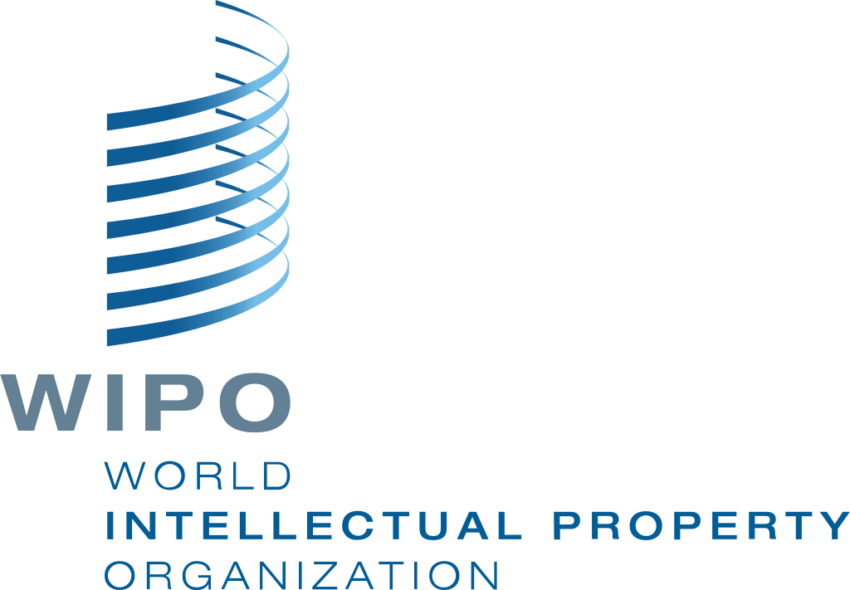World Intellectual Property Organisation Quiz Questions
1. What is the primary role of the World Intellectual Property Organization (WIPO)?
(a) To protect human rights
(b) To promote international cooperation in intellectual property
(c) To regulate global trade
(d) To maintain international peace and security
2. Which of the following is NOT a type of intellectual property protected by WIPO?
(a) Patents
(b) Trademarks
(c) Copyrights
(d) Real estate
3. The Paris Convention for the Protection of Industrial Property is administered by:
(a) The United Nations
(b) The World Trade Organization
(c) WIPO
(d) The European Union
4. What is the main purpose of a patent?
(a) To protect the name or logo of a company
(b) To protect original works of authorship
(c) To grant exclusive rights to an invention for a limited period
(d) To protect geographical indications
5. Which treaty governs international copyright relations?
(a) Berne Convention
(b) Paris Convention
(c) Madrid Protocol
(d) Patent Cooperation Treaty
6. A trademark is used to protect:
(a) Inventions
(b) Literary works
(c) Brand names and logos
(d) Geographical indications
7. What is the term for the exclusive rights granted to the creator of a literary or artistic work?
(a) Patent
(b) Trademark
(c) Copyright
(d) Industrial design
8. Geographical indications protect:
(a) Inventions
(b) The origin of goods
(c) Industrial designs
(d) Plant varieties
9. The Madrid System is used for:
(a) International patent registration
(b) International trademark registration
(c) International copyright registration
(d) International industrial design registration
10. What is the role of the Permanent Court of Arbitration (PCA) in relation to WIPO?
(a) To settle disputes between member states
(b) To provide legal advice to WIPO
(c) To administer WIPO’s budget
(d) To oversee WIPO’s staff
11. The Treaty on Intellectual Property for the Blind and Visually Impaired (Marrakesh Treaty) is aimed at:
(a) Protecting the rights of authors
(b) Facilitating access to copyrighted works for people with visual impairments
(c) Combating counterfeiting
(d) Promoting innovation
12. The main objective of the Patent Cooperation Treaty (PCT) is to:
(a) Simplify the process of obtaining a patent in multiple countries
(b) Harmonize patent laws worldwide
(c) Provide financial assistance for inventors
(d) Protect plant varieties
13. What is the term for the unauthorized use of a trademark?
(a) Copyright infringement
(b) Patent infringement
(c) Trademark infringement
(d) Industrial design infringement
14. The Hague System is used for:
(a) International patent registration
(b) International trademark registration
(c) International industrial design registration
(d) International copyright registration
15. WIPO’s Development Agenda aims to:
(a) Promote intellectual property as a tool for development
(b) Protect the interests of developed countries
(c) Reduce the cost of intellectual property protection
(d) Harmonize intellectual property laws worldwide
16. The Singapore Treaty on the Law of Trademarks aims to:
(a) Simplify the process of obtaining a trademark
(b) Harmonize trademark laws worldwide
(c) Protect geographical indications
(d) Combat counterfeiting
17. The WIPO administers several international treaties. Which of the following is NOT a WIPO-administered treaty?
(a) The Patent Cooperation Treaty (PCT)
(b) The Berne Convention for the Protection of Literary and Artistic Works
(c) The Treaty on the Non-Proliferation of Nuclear Weapons
(d) The Madrid Protocol
18. Which of the following is NOT a core function of WIPO?
(a) Developing global intellectual property standards
(b) Providing technical assistance to developing countries
(c) Resolving intellectual property disputes between nations
(d) Serving as a global forum for intellectual property policy
19. The WIPO offers a variety of services. Which of the following is NOT a WIPO service?
(a) Patent search and information services
(b) Trademark registration services
(c) Copyright registration services
(d) Dispute resolution services between individuals
20.What is the importance of intellectual property rights for innovation?
(a) They discourage investment in research and development
(b) They provide incentives for creators and inventors to develop new products and processes
(c) They hinder technological advancement
(d) They promote the free flow of information
21. Which of the following is an example of a geographical indication (GI)?
(a) Coca-Cola
(b) Tea
(c) iPhone
(d) Microsoft Windows
22. The WIPO Cooperation Treaties facilitate international cooperation in intellectual property. Which of the following is NOT a WIPO Cooperation Treaty?
(a) The Patent Cooperation Treaty (PCT)
(b) The Madrid Protocol
(c) The Hague Agreement Concerning the International Registration of Industrial Designs
(d) The North American Free Trade Agreement (NAFTA)
23. WIPO is a specialized agency of which United Nations organization?
(a) UNESCO
(b) WHO
(c) FAO
(d) UN
24. The WIPO provides technical assistance to member states. Which of the following is NOT a form of technical assistance provided by WIPO?
(a) Training and workshops
(b) Policy advice
(c) Financial support for intellectual property offices
(d) Military support for intellectual property enforcement
25. The WIPO is involved in combating counterfeiting and piracy. What is the primary goal of these efforts?
(a) To protect the interests of consumers and legitimate businesses
(b) To increase government revenue
(c) To restrict international trade
(d) To promote intellectual property infringement
World Intellectual Property Organisation Quiz Questions with Answers
1. What is the primary role of the World Intellectual Property Organization (WIPO)?
(b) To promote international cooperation in intellectual property
2. Which of the following is NOT a type of intellectual property protected by WIPO?
(d) Real estate
3. The Paris Convention for the Protection of Industrial Property is administered by:
(c) WIPO
4. What is the main purpose of a patent?
(c) To grant exclusive rights to an invention for a limited period
5. Which treaty governs international copyright relations?
(a) Berne Convention
6. A trademark is used to protect:
(c) Brand names and logos
7. What is the term for the exclusive rights granted to the creator of a literary or artistic work?
(c) Copyright
8. Geographical indications protect:
(b) The origin of goods
9. The Madrid System is used for:
(b) International trademark registration
10. What is the role of the Permanent Court of Arbitration (PCA) in relation to WIPO?
(a) To settle disputes between member states
11. The Treaty on Intellectual Property for the Blind and Visually Impaired (Marrakesh Treaty) is aimed at:
(b) Facilitating access to copyrighted works for people with visual impairments
12. The main objective of the Patent Cooperation Treaty (PCT) is to:
(a) Simplify the process of obtaining a patent in multiple countries
13. What is the term for the unauthorized use of a trademark?
(c) Trademark infringement
14. The Hague System is used for:
(c) International industrial design registration
15. WIPO’s Development Agenda aims to:
(a) Promote intellectual property as a tool for development
16. The Singapore Treaty on the Law of Trademarks aims to:
(b) Harmonize trademark laws worldwide
17. The WIPO administers several international treaties. Which of the following is NOT a WIPO-administered treaty?
(c) The Treaty on the Non-Proliferation of Nuclear Weapons
18. Which of the following is NOT a core function of WIPO?
(c) Resolving intellectual property disputes between nations
19. The WIPO offers a variety of services. Which of the following is NOT a WIPO service?
(d) Dispute resolution services between individuals
20.What is the importance of intellectual property rights for innovation?
(b) They provide incentives for creators and inventors to develop new products and processes
21. Which of the following is an example of a geographical indication (GI)?
(b) Tea
22. The WIPO Cooperation Treaties facilitate international cooperation in intellectual property. Which of the following is NOT a WIPO Cooperation Treaty?
(d) The North American Free Trade Agreement (NAFTA)
23. WIPO is a specialized agency of which United Nations organization?
(d) UN
24. The WIPO provides technical assistance to member states. Which of the following is NOT a form of technical assistance provided by WIPO?
(d) Military support for intellectual property enforcement
25. The WIPO is involved in combating counterfeiting and piracy. What is the primary goal of these efforts?
(a) To protect the interests of consumers and legitimate businesses










